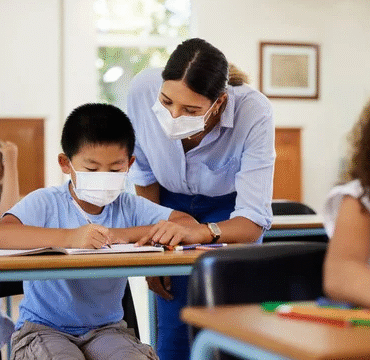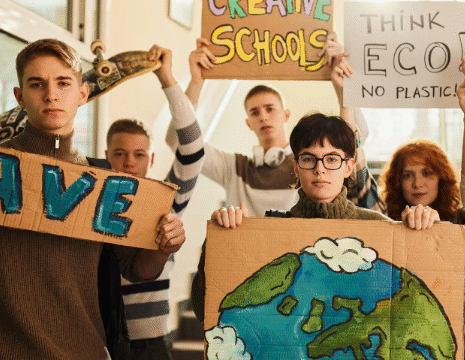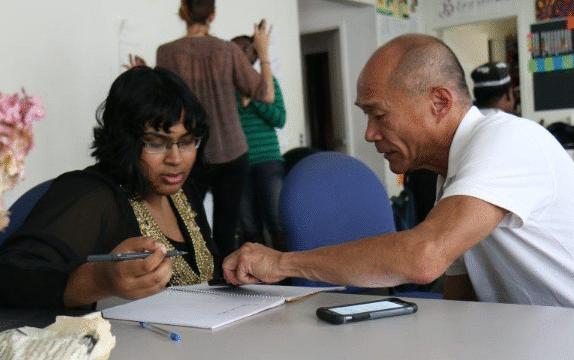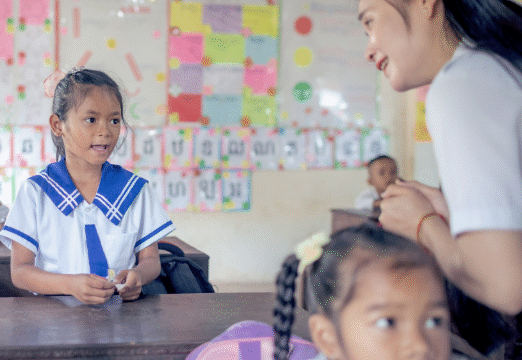Education has long been seen as the key that opens doors
to opportunity, independence, and a brighter future. Yet,
for decades, millions of children, young people, and even
adults around the world have faced barriers that keep them from accessing quality learning. Poverty, distance, limited resources, and even natural disasters have created roadblocks to education for many communities. In recent years, the growth of remote learning has sparked new conversations about whether this method of delivering education can become a true pathway toward universal access.
Remote learning, sometimes called online or distance learning, is not a new concept. Universities and schools have been experimenting with it for decades. However, the global health crisis that began in 2020 forced schools everywhere to adopt it quickly, reaching children who could not attend classes in person. This moment highlighted both the potential and the challenges of remote learning in ensuring that education can reach everyone, no matter where they live.
One of the strongest arguments in favor of remote learning is its ability to break down geographical barriers. In many rural areas, children often travel long distances to attend school, sometimes even walking for hours. With remote learning tools such as live video lessons, recorded classes, and digital assignments, education can be delivered to students in their own homes. This has the potential to reduce dropout rates in areas where distance to school has historically been an obstacle.
Another advantage lies in flexibility. Remote learning allows lessons to be tailored to the needs of different learners. For instance, some children may struggle to keep up in a traditional classroom but thrive when they can pause, rewind, or review lessons at their own pace. Adults who are working or raising families can also benefit by accessing education in the evenings or on weekends, making lifelong learning more realistic and achievable.
The cost factor is another consideration. Building schools, hiring staff, and maintaining physical infrastructure is expensive, especially in underserved areas. While remote learning does require investment in technology, such as computers and internet access, in the long term it can reduce the need for large-scale infrastructure. A well-structured remote learning system could extend resources further and allow governments and organizations to educate more students with the same amount of funding.
However, the dream of universal access through remote learning comes with significant challenges. The most pressing one is the digital divide. While some communities have high-speed internet, laptops, and tablets readily available, many others struggle with unreliable connections or have no access to technology at all. In these cases, remote learning risks widening the education gap instead of narrowing it. For remote learning to truly support universal access, efforts must be made to ensure that every learner has the tools and connectivity they need.
Another challenge relates to the quality of interaction. Learning is not only about receiving information; it is also about building relationships, practicing communication, and engaging in discussions. In a remote environment, students can sometimes feel isolated. Teachers may find it harder to gauge whether students are engaged, and learners may miss out on the social aspect of education that helps build teamwork, empathy, and confidence. To address this, schools and platforms must invest in creating interactive, engaging digital classrooms that promote collaboration and peer learning.
There is also the question of teacher readiness. Not all educators are trained to teach effectively online. Teaching remotely requires new skills, including using digital platforms, managing virtual classrooms, and designing lessons that can hold attention through a screen. Professional development for teachers is therefore crucial if remote learning is to succeed on a large scale.
Another layer to consider is cultural and language diversity. While technology makes it easier to deliver content across borders, education must be relevant to local contexts. A one-size-fits-all digital curriculum risks overlooking the cultural values, traditions, and languages of learners in different regions. To ensure true universal access, remote learning platforms must be adaptable and inclusive, allowing for content that reflects the lived experiences of students.
Despite these challenges, there are inspiring examples that show the potential of remote learning to transform education. In countries where schools are difficult to reach, organizations have developed radio and television learning programs that bring lessons to children without requiring internet access. In other places, community centers equipped with shared devices and connectivity have been established so that students can gather and learn even if they do not have resources at home. These innovative approaches show that remote learning can take many forms, from high-tech platforms to low-tech broadcast solutions, depending on what communities need most.
When thinking about universal access, it is important to remember that remote learning does not necessarily replace traditional classrooms. Instead, it can complement them. A blended approach that combines in-person education with online learning may provide the best of both worlds. Students can enjoy the personal connection of face-to-face teaching while also gaining the flexibility and resources of digital tools. This hybrid model could be especially powerful in bridging gaps for those who have historically been left behind.
Policymakers, educators, and communities have an important role to play in shaping the future of remote learning. Governments can support infrastructure development, ensuring that internet and technology reach underserved areas. Nonprofit organizations and private companies can collaborate to provide devices, training, and innovative solutions that make learning more inclusive. Families and communities can encourage participation and provide feedback to improve systems, making sure that learning feels engaging and relevant.
The ultimate goal is not just to deliver lessons, but to create meaningful educational experiences that empower learners to succeed. Remote learning opens possibilities for personalized education, wider access to resources, and greater inclusion. However, it also demands commitment, investment, and creativity to overcome the obstacles it presents.
As we look ahead, the question remains: can remote learning truly be a step toward universal access? The answer may lie in balance. By combining technology with human-centered approaches, by pairing innovation with equity, and by ensuring that every student is supported with the tools they need, remote learning can indeed become a pathway to a more inclusive educational future. It may not be a perfect solution on its own, but it is a powerful piece of the puzzle in the global effort to make education accessible for all.
Education is a right, not a privilege. If remote learning is harnessed wisely, it can help bring that right closer to reality for millions of learners around the world. The challenge is great, but the potential is even greater. In a world where knowledge has the power to transform lives, ensuring universal access to education is one of the most meaningful steps humanity can take. Remote learning, with all its promise and imperfections, might just be the bridge that connects us to that vision.






